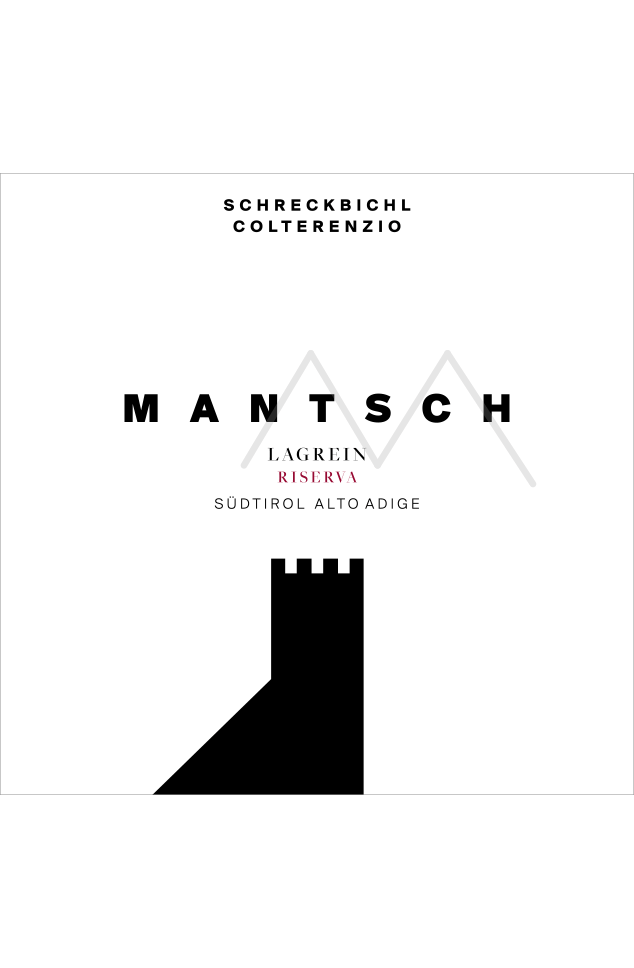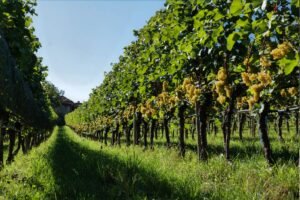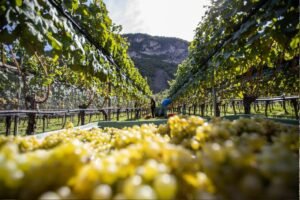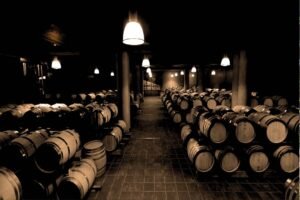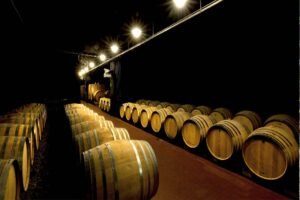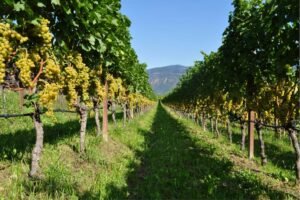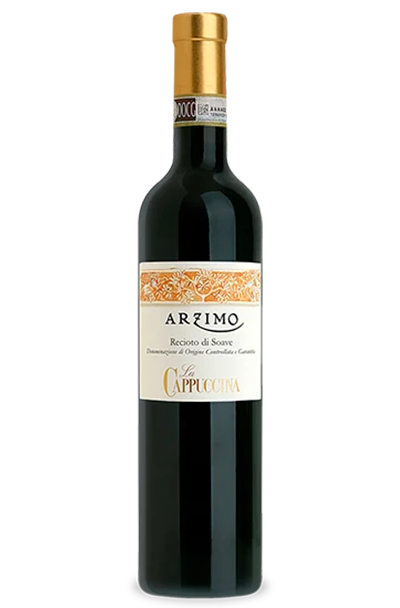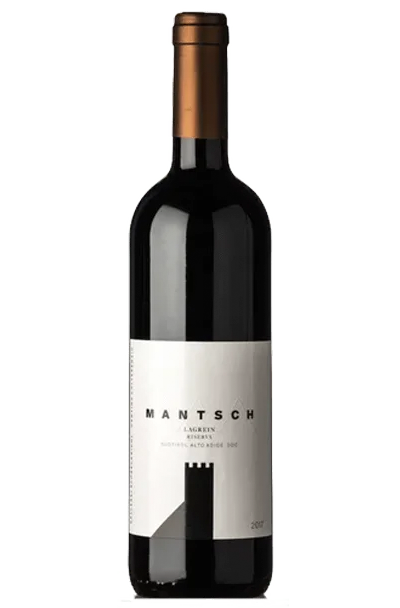 Lagrein Riserva “Mantsch” 2017
Lagrein Riserva “Mantsch” 2017Lagrein Riserva “Mantsch” 2017
 Conventional
Conventional
Information
- To nothing: 2017
- Country: Italy
- Region: South Tyrol
- Grape variety: Lagrein
- Floor: soils comprise alluvial sand with eroded porphyry
- Vineyard size: 25 Has
- Plant density per hectare:
- Vinification and aging: Fermentation with the skins in stainlesssteel tanks with the
temperature controlled at 28-30° C. The skins are constantly pushed down gently into the embryonic wine to
extract the maximum colour, flavour and ripe tannins. The wine refines in oak for 12 months, 1/3 in barriques,
2/3 of the total in 35 hl casks. After bottling the wine goes through a bottle aging 12 months before releasing.
$860.00

Colterenzio, also known as Schreckbichl in German, is a wine cooperative located in the Alto Adige region of northern Italy. Founded in 1960, the cooperative brings together several local winegrowers who grow grapes in this Alpine region. Colterenzio's philosophy focuses on quality, sustainability and authentic expression of the terroir.
Alto Adige, also known as Südtirol in German, is a wine region in the autonomous province of Bolzano, and is located in the far north of Italy. Appellations of origin in this region include Alto Adige DOC and several sub-appellations. Colterenzio can produce wines under the Alto Adige DOC designation, which covers a wide range of styles, from fresh whites to structured reds.
Colterenzio is committed to sustainable and ecological practices in the vineyard and winery. These efforts may include organic or biodynamic certification, as well as practices that minimize environmental impact.

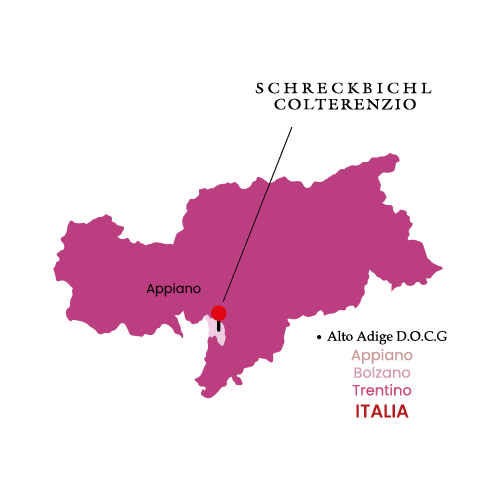
1960
Foundation year
300
Hectares of vineyard
600,000 - 800,000
Bottles produced
Pinot Blanc, Pinot Grigio, Sauvignon Blanc, Gewürztraminer, Chardonnay, Lagrein
cultivated grapes
Conventional
viticulture
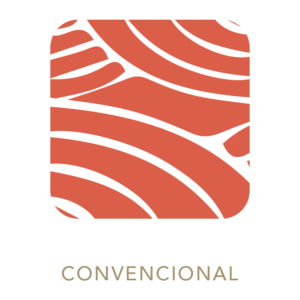
What we mean by conventional viticulture
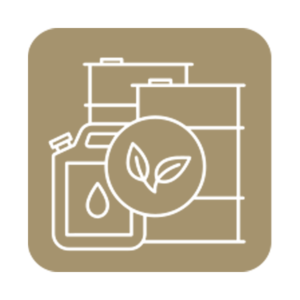
Synthetic pesticides and herbicides are used to control pests and weeds. These chemicals can contribute to tighter disease control and ensure plant health.
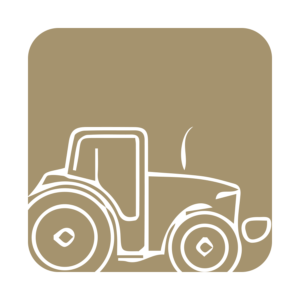
It tends to focus on maximizing yields and grape production. This may involve practices such as intensive pruning, mechanical harvesting, and vine selection that maximizes the number of grapes harvested per hectare.
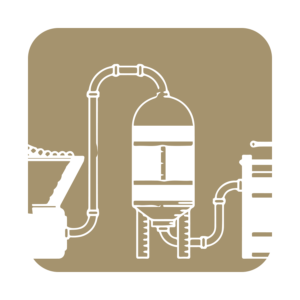
Oenological additives, such as selected yeasts, enzymes and fining agents, can be used to standardize the winemaking process and improve the clarity and stability of the wine.
Related products
- Parusso
- Coppo
- Pelissero
- The Cappuccina

